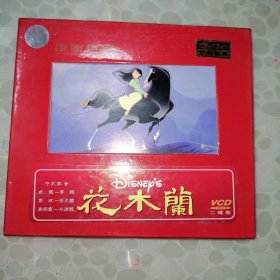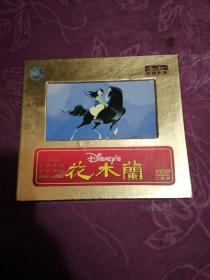
百年《花木兰》 电影人眼里的中国社会焦点变迁
全新正版 极速发货
¥ 76.89 6.0折 ¥ 128 全新
仅1件
广东广州
认证卖家担保交易快速发货售后保障
作者田媛
出版社社会科学文献出版社
ISBN9787520156370
出版时间2019-12
装帧平装
开本16开
定价128元
货号1201981525
上书时间2024-09-04
- 最新上架
商品详情
- 品相描述:全新
- 商品描述
-
作者简介
田媛,澳门科技大学电影学院 助理教授。 澳门科技大学传播学博士(2012-2016),奥克兰大学电影学硕士(2006-2007),山东大学英语语言文学本科(2000-2004)。
目录
Chapter 1 Introduction
1.1 The Ballad of Mulan
1.2 Five Filmic Adaptations
1.3 Research Methodology
Chapter 2 The Singing of Patriotism: Mulan Joins the Army (1939)
2.1 The War Background and the Theme
2.2 Mulan, a Warrior
2.3 Wartime Nationalism
Chapter 3 Collective Memories of the Ideological Conflicts: Hua Mulan (1956)
3.1 Korean War in Chinese Idea, a Fight for Ideology and National Interest
3.2 Mulan, a Confident Female Warior Rising from the Underclass
3.3 Media Construction, Collective Memory and National Identity
Chapter 4 Praises of Household Happiness: Lady General Hua Mulan (1964)
4.1 A Fairyland in the Turmoil of 1960s
4.2 Mulan, a Filial Girl
4.3 Identity Crisis: the Fundamental Reason
Chapter 5 An Expression of Individualism and Feminism: Mulan (1998)
5.1 The Development of Individualism and Feminism in America
5.2 Mulan, the Lonely Heroine
5.3 China Exposes to Cultural Imperialism
Chapter 6 The Loss and Survival of Tradition under the Influence of Modernization: Mulan: Rise of a Warrior (2009)
6.1 Vast Changes in over 60 Years and the Theme
6.2 Mulan, a Hybridity of Past and Present
6.3 Chinese National Identity Formation: the Loss and Survival of Tradition in Modernization
Chapter 7 The Style and Narration of Key Scenes
7.1 Mulan Joins the Army (1939)
7.2 Hua Mulan (1956)
7.3 Lady General Hua Mulan (1964)
7.4 Mulan (1998)
7.5 Mulan: Rise of a Warrior (2009)
Chapter 8 Conclusion
8.1 Research Findings
8.2 Limitation of the Study and Recommendation for Future Research
Bibliography
Appendix
内容摘要
本研究以五部花木兰电影入手,着眼其各自的社会历史背景与其由形到神的电影改编之间的互动,以此为契机揭示过往百年里中国社会焦点的变迁,点明历史故事片意在借古喻今,反映并推动时代、推动传统的不断创新发展。电影与文化有着千丝万缕的联系,为了稍作厘清,可以由历史故事影片入手——这一类型影片由过往的民间故事、文学作品改编而来,却并不止步于简单复述当年的故事,而是意在以古喻今,反映并影响他们成型的社会环境。为了达到这一目的,导演编剧们尽其所能的添加当代元素,以各种创新的叙事来重新包装过往,不经意间,他们的作品已成为时代的写照,鲜活地记录下了该时期社会发展的焦点要素。与众所周知的录音或是纸质档案相比,电影能提供更加多方面的视听感受,可宏大叙事,又可见微知著,实在是占尽众家之长。本论文藉由历史故事片入手,揭示不同时期的改编所反映的各异时代特征,再前勾后联,串起中国过往百年间社会焦点的变迁。如此一来,电影与文化间的种种亦跃然纸上。
相关推荐
— 没有更多了 —






















以下为对购买帮助不大的评价